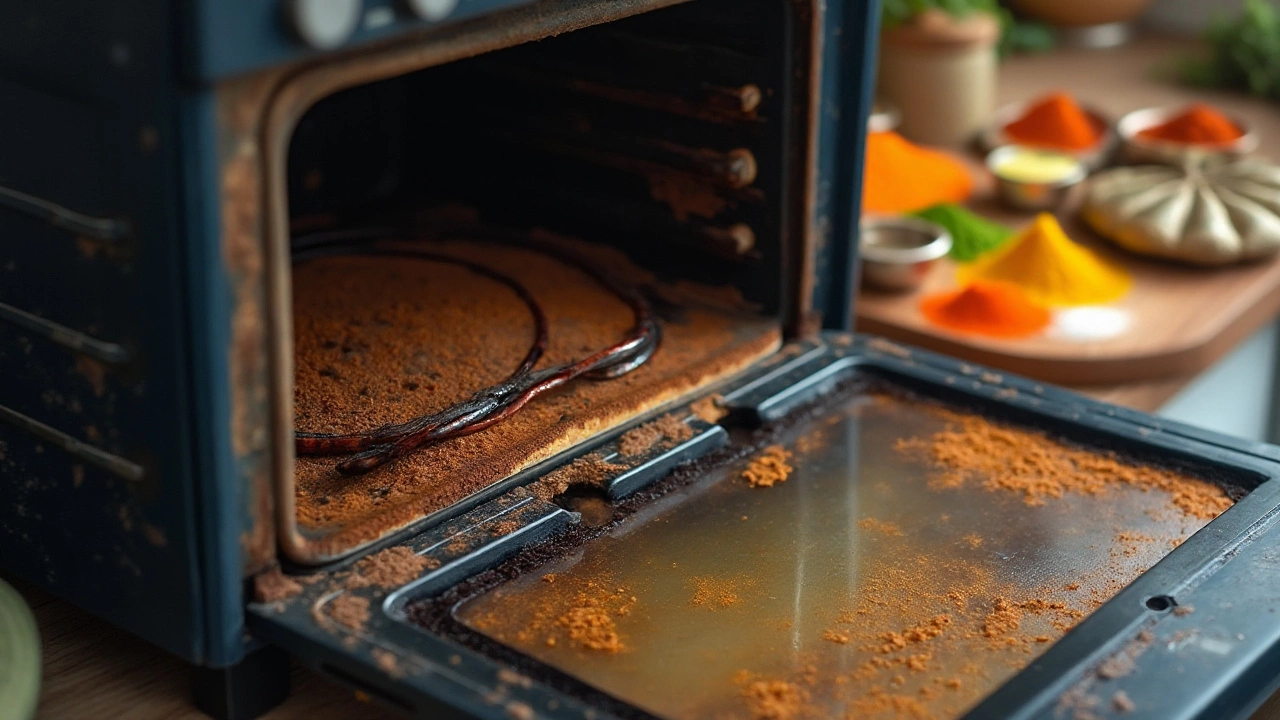Identifying a faulty oven element is crucial to ensuring your electric oven functions properly. This article explores various signs that indicate your oven element may be blown, such as unusual heat distribution and visible damage. It emphasizes the importance of regular maintenance and safe DIY diagnostics. By understanding these tips and tricks, homeowners can potentially save on costly repairs or replacements.
DIY Appliance Fix: Easy Steps to Repair Home Gadgets
Got a noisy fan, a cold shower, or an oven that won’t heat? You don’t always need a technician. With the right approach you can spot the problem, grab a few tools, and fix it yourself. Below are practical tips that work for the most common appliances in Indian homes.
Identify the Problem Quickly
Start by listening and looking. Does the washing machine flash an error code? Does the oven stay cold even after you turn it on? Write down any beeps, lights, or smells. A quick visual check often reveals a loose plug, a tripped breaker, or a burnt fuse. For a control board issue, test the power supply with a multimeter – no voltage means the board is dead, and you’ll need a replacement.
Basic Tools and Safety First
Keep a small toolbox handy: screwdrivers (flat‑head and Phillips), a set of allen keys, a multimeter, and insulated gloves. Always unplug the appliance before opening it. If you’re dealing with gas ovens, turn off the gas valve and ventilate the area. Safety may take a few extra minutes, but it prevents shocks and burns.
Here’s a quick cheat‑sheet for popular appliances:
Oven not heating – Check the heating element (look for breaks or burn marks). For gas ovens, inspect the igniter; a weak spark won’t light the gas. Replace the element or igniter, then test with a simple bake.
Washing machine reset – Unplug for 2 minutes, then plug back in. Some brands need a specific button combo (hold Power + Start for 5 seconds). If the door stays locked, run a short “drain” cycle to release the lock.
Freezer not cooling – Make sure the condenser coils are clean; dust reduces efficiency. Verify the temperature dial is set correctly. If the freezer still runs warm, the thermostat or compressor may be faulty – often a professional job.
Extractor fan replacement – Remove the old fan by unscrewing the mounting plate. Note the wiring colors before disconnecting. Fit the new fan, reconnect wires, and secure the plate. Test by turning the light switch on – the fan should spin immediately.
Water heater issues – No hot water? Check the pilot light (for gas) or the heating element (for electric). A blown fuse or tripped breaker can also stop heating. If you hear a ticking sound, the thermostat might be stuck and needs replacement.
When you hit a roadblock, pause and Google the exact error phrase – chances are someone else faced the same issue and posted a solution. Keep a notebook of what you try; it saves time if you need to call a pro later.
Remember, not every problem is DIY‑friendly. If you notice gas leaks, burnt smells, or electrical sparks, stop and call a licensed technician. A quick fix now can prevent a costly repair later.
By following these steps you’ll save money, learn how your appliances work, and feel more confident handling home repairs. Keep this guide bookmarked – the next malfunction will be a breeze to tackle.
